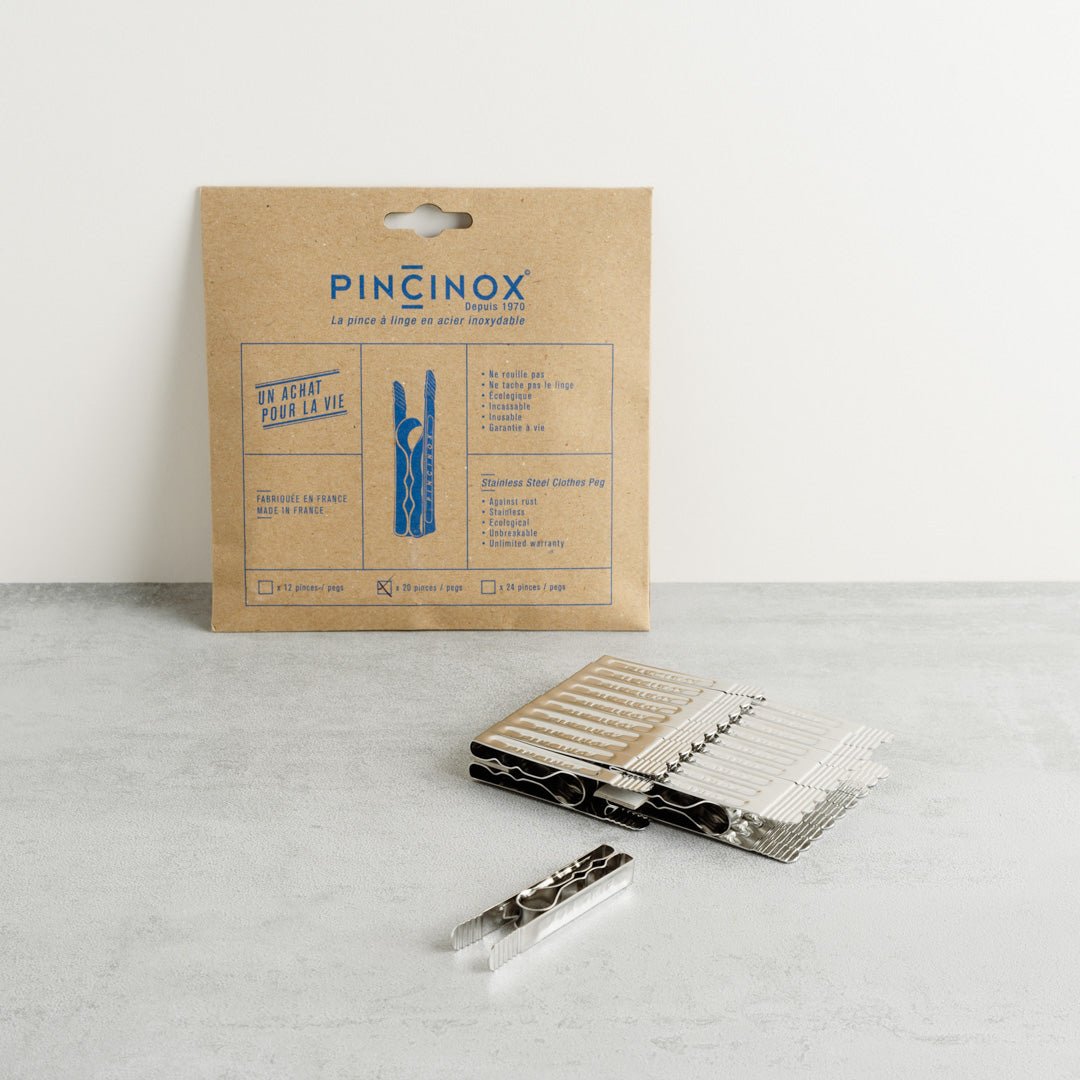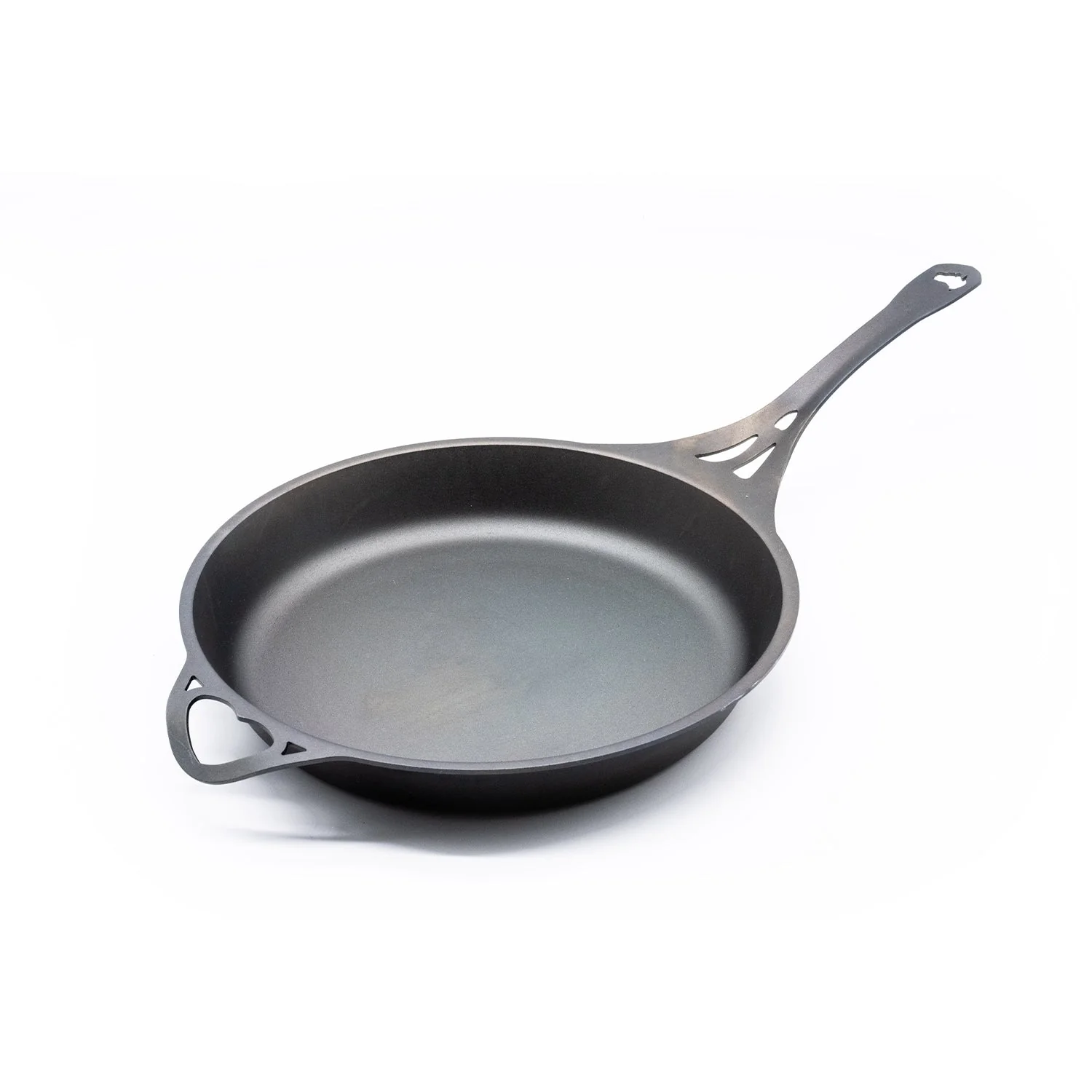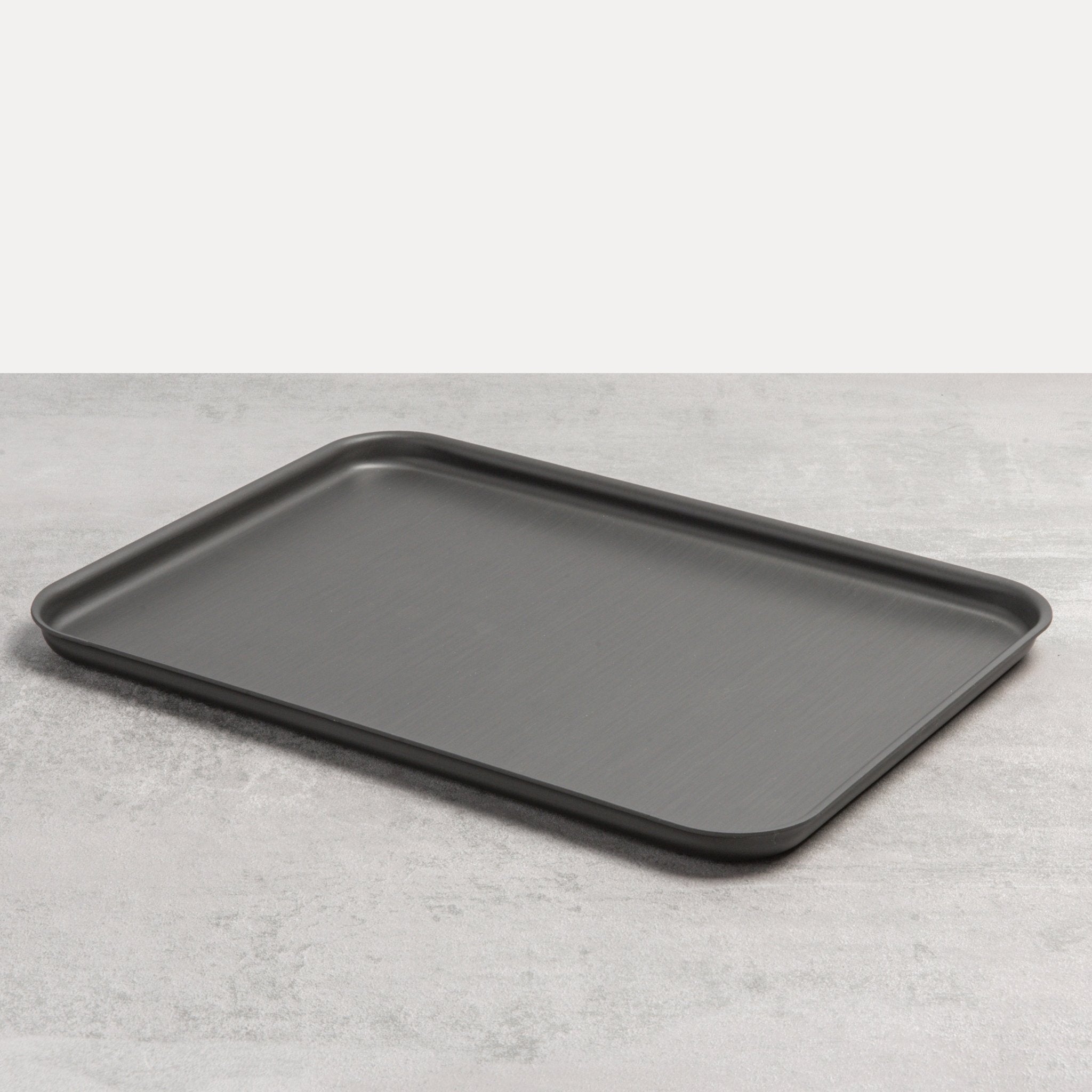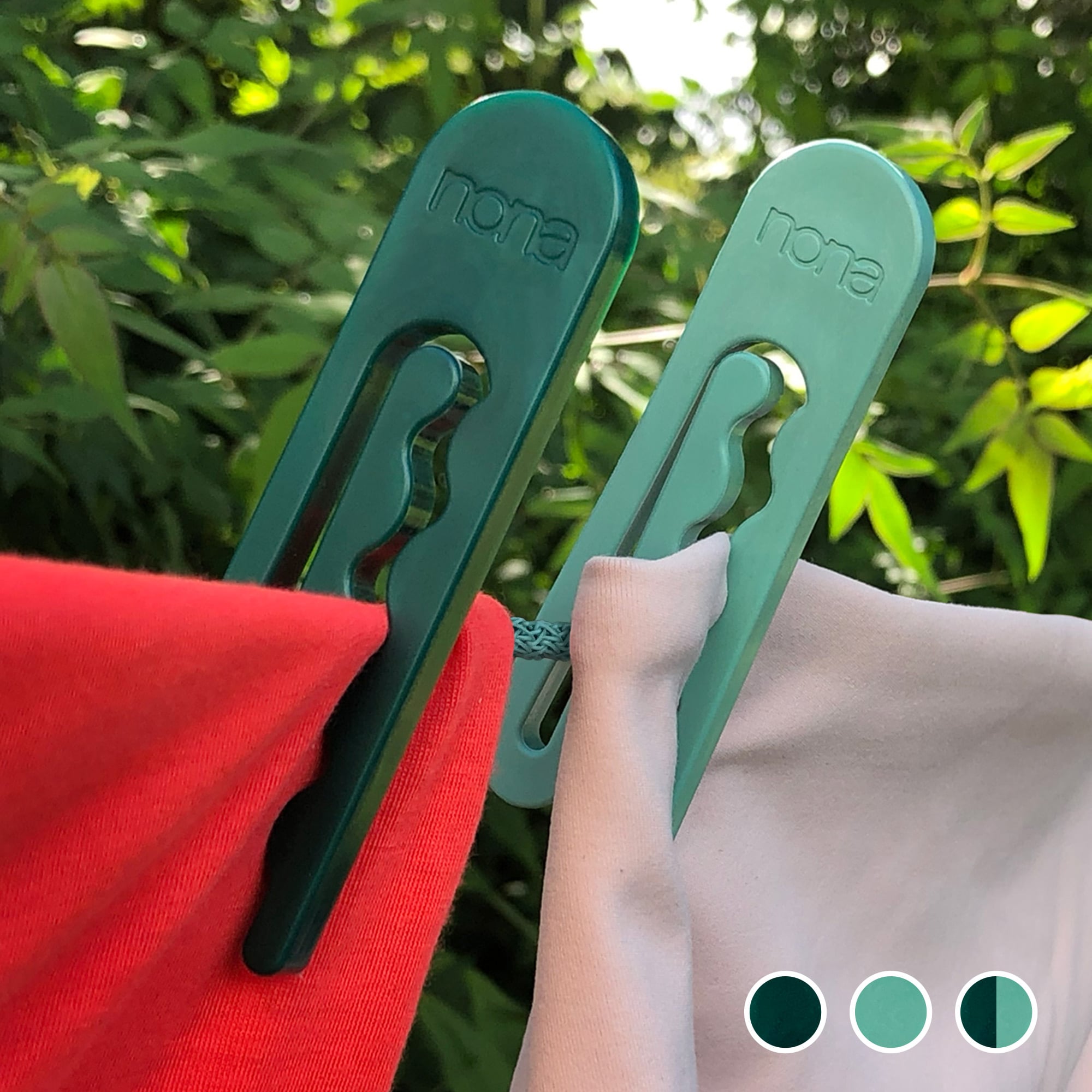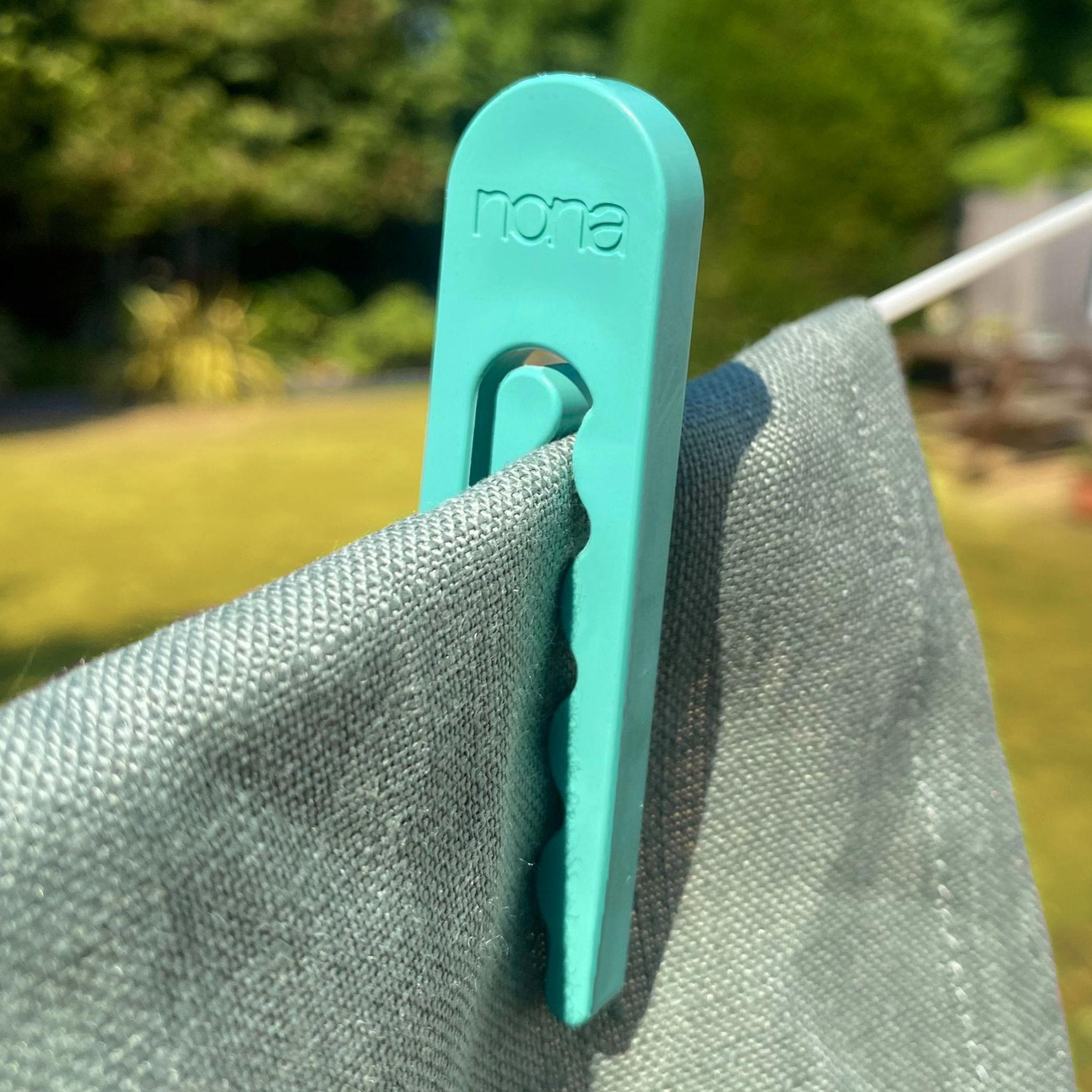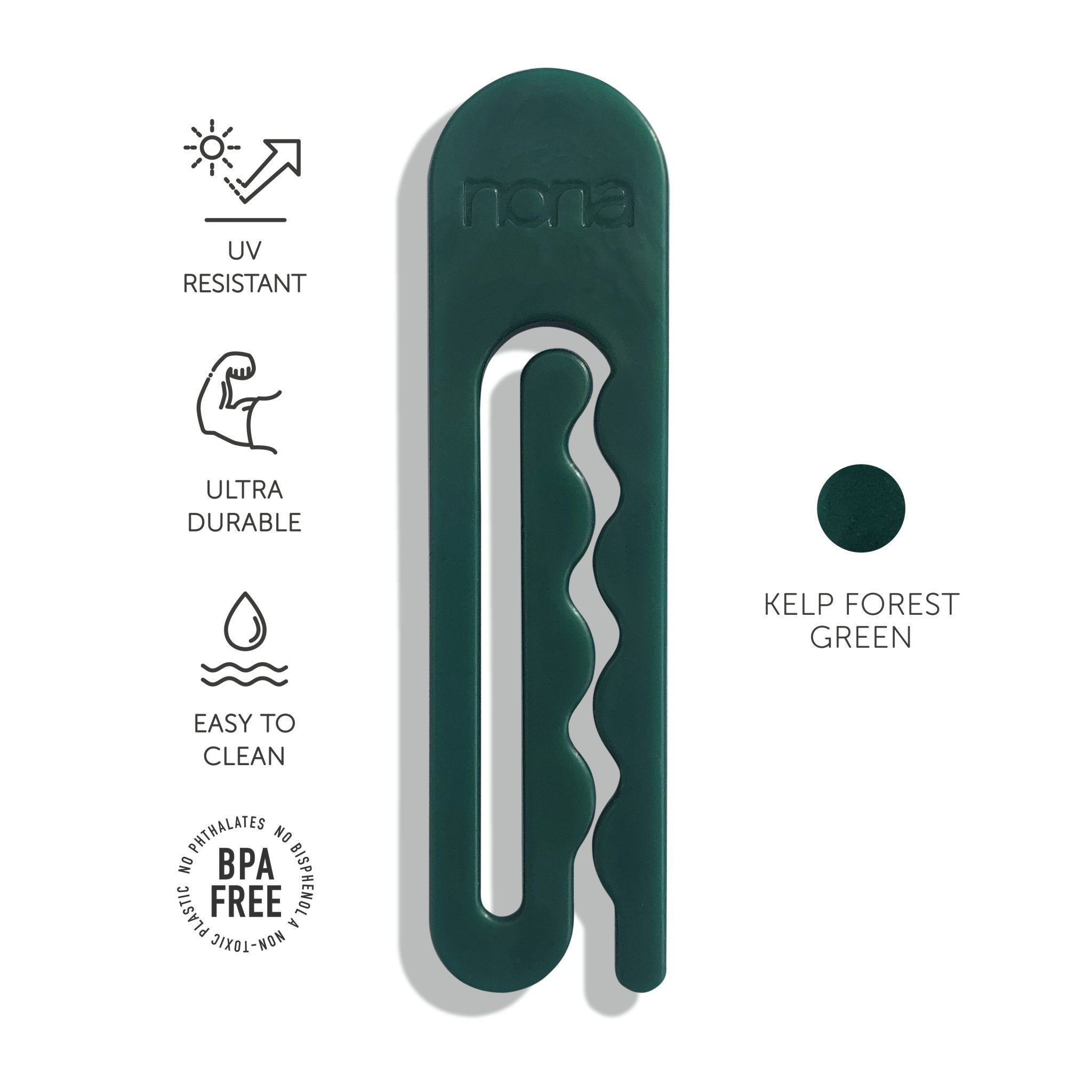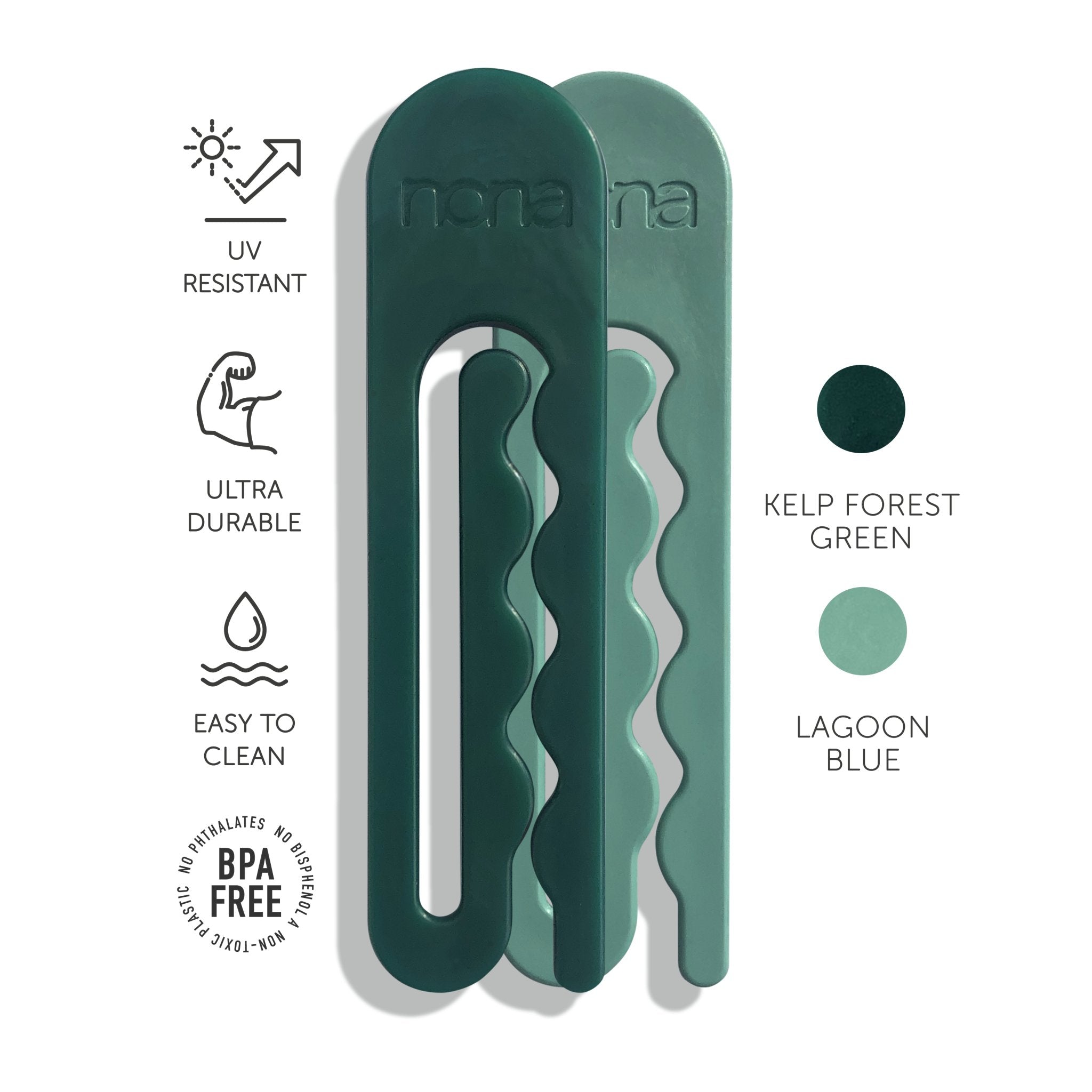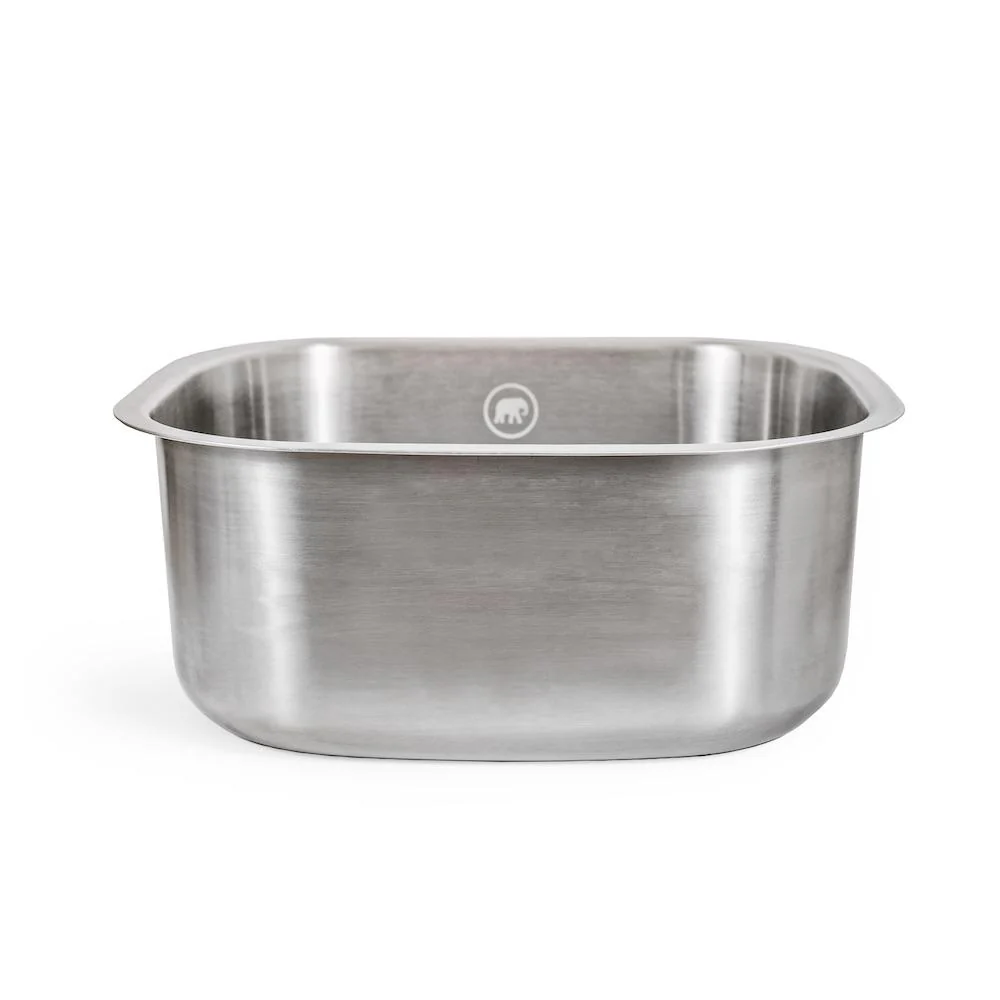Marks & Spencer’s ‘Schwopping’ wall in Brick Lane London depicting the amount of clothing we throw into landfill every 5 minutes – almost 10,000 items.
The Waste and Resources Action Programme estimate that around 650,000 tonnes of textiles was collected for re-use and recycling in 2014. But where do our donations go and how can we recycle responsibly?
Buying durable products that last a lifetime keeps non-biodegradable materials out of landfill for as long as possible. But when we replace our unwanted clothes and shoes with better quality ones, or when the things we own just don’t work anymore, we need to be very mindful of how we go about disposing of them. Simply throwing away unwanted textiles with the usual rubbish won’t cut it. According to Waste and Resources Action Programme (WRAP), extending the life of textiles by 9 months of active use would reduce the carbon, water and waste footprints by around 20-30% each.
But ethically disposing of textiles can be a complex beast with charities, private waste companies and in-store retail collections competing for our donations. This is a big industry with millions to be made and not all for charity. WRAP estimate that over half of UK textile donations collected for recycling or reuse is exported for resale across regions including Sub-Saharan Africa, Asia and Eastern Europe; 32% is resold or reused in UK charity shops; and 9% is recycled. Third-world countries are the largest end-market for our cheap and unwanted clothes and shoes. Whilst it is great that these items have an extended life that keeps them out of landfill, the harmful economic effect on these economies, as result of the influx of such cheap imports, has not yet been properly measured by any textiles organisation.
Another grey area is door-to-door charity bag collection services operating within the UK. According to the Fundraising Standards Board, charities lose an estimated £15 million each year through the theft of charity bags or bogus collections and even when collections are legitimate, they can be misleading. The Advertising Standards Authority recently banned a company’s clothes collection bags for placing the Cancer Research name prominently and failing to make clear that it is a commercial business not donating directly to a charity. However, in 2014, The London Waste and Recycling Board (LWRB) estimated that less than 2% of textiles from door-to-door collection and 11% of goods in textiles banks are stolen in London, which is much lower than previously thought. LWRB attribute this to a dramatic decline in the value of used textiles – as poor quality clothing pours into recycling streams, a result of fast fashion and cheaper clothing prices, even the thieves are turned off and have moved on.

The ASA ruled that these commercial waste bags were likely to give consumers a misleading impression that the recipients of donations were a charity. Photograph: ASA
Until consumers are presented with a more transparent selection of options about the true impact of their choices, we should absolutely continue to recycle. So what are our options?
If you want to get rid of clothes or shoes that are in perfect condition, but not right for you, consider selling them or giving them away for free on sites such as Gumtree, Ebay or ASOS Marketplace. If everyone in the UK bought one reclaimed woollen garment each year, it would save an average of 1,686 million litres of water and 480 tonnes of chemical dyestuffs. So as well as selling your unwanted knits online, if you’re in the market for a new cardigan try to buy second hand.
Alternatively, donate clothes and shoes that are in a good condition directly to a charity shop. To ensure your donations end up in the right hands, deliver your items during shop opening hours or call the charity to arrange a free collection from your home. Many will pick up in the evenings so even a busy work schedule shouldn’t prevent you from disposing ethically. Traid, British Heart Foundation, Scope, Red Cross and Age UK all pick-up for free at prearranged times.
When you’re having a clear out, don’t forget that even your undies can be recycled. Clean knickers (with labels on) and new or gently worn bras are especially valuable to women around the world who are vulnerable without the basic protections that underwear provides. Smalls for All founder Maria Macnamara recognised that in Zimbabwe underwear is a status symbol with women who can afford it seen as having someone who cares for them – a husband, brother or father. Simply post clean pants and bras to Smalls for All who will distribute your unwanted knick knacks to girls and women in Africa. Some charities such as Traid and Oxfam also accept worn bras and you can donate bras in any condition, even the most tatty, in-store at Bravissimo.

If you would rather use a recycling bank, www.recyclenow.com has a fully comprehensive and easy-to-use local area recycling locator. When using this search engine it’s not clear whether the banks are provided by local council, charities or private waste companies. If this is a concern for you check the registered information on the side the bank before dropping in your items – it should be clear who is operating it. If you discover any advertising that misleads consumers into thinking the bank is operated by a charity rather than a commercial waste company, contact the ASA and file a complaint. Stamping out fraudulent collections will make textiles recycling more transparent.
Whatever you do, don’t simply throw your unwanted shoes and textiles with the normal rubbish – they should always be resold, donated or recycled. And when you do buy new things, whether clothes and shoes or electronics and furniture, buy well made items that you love and that will last. The less we buy and the more durable our things, the less will end up in landfill.








